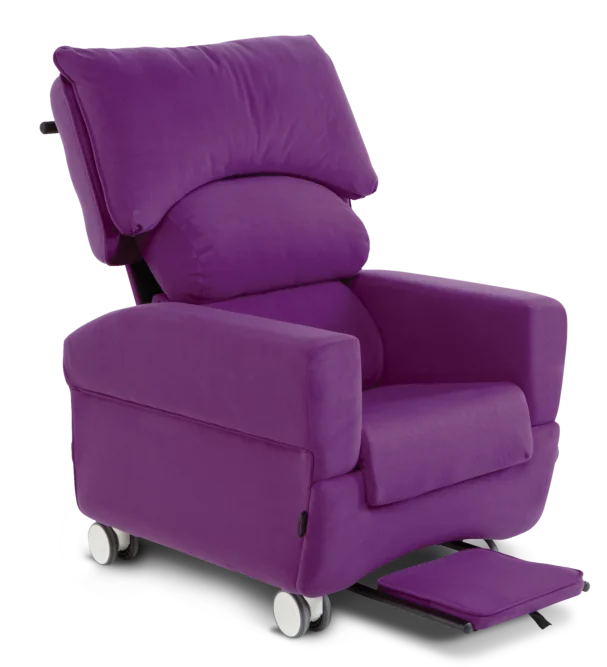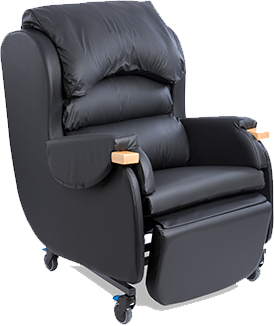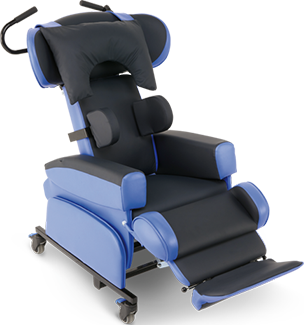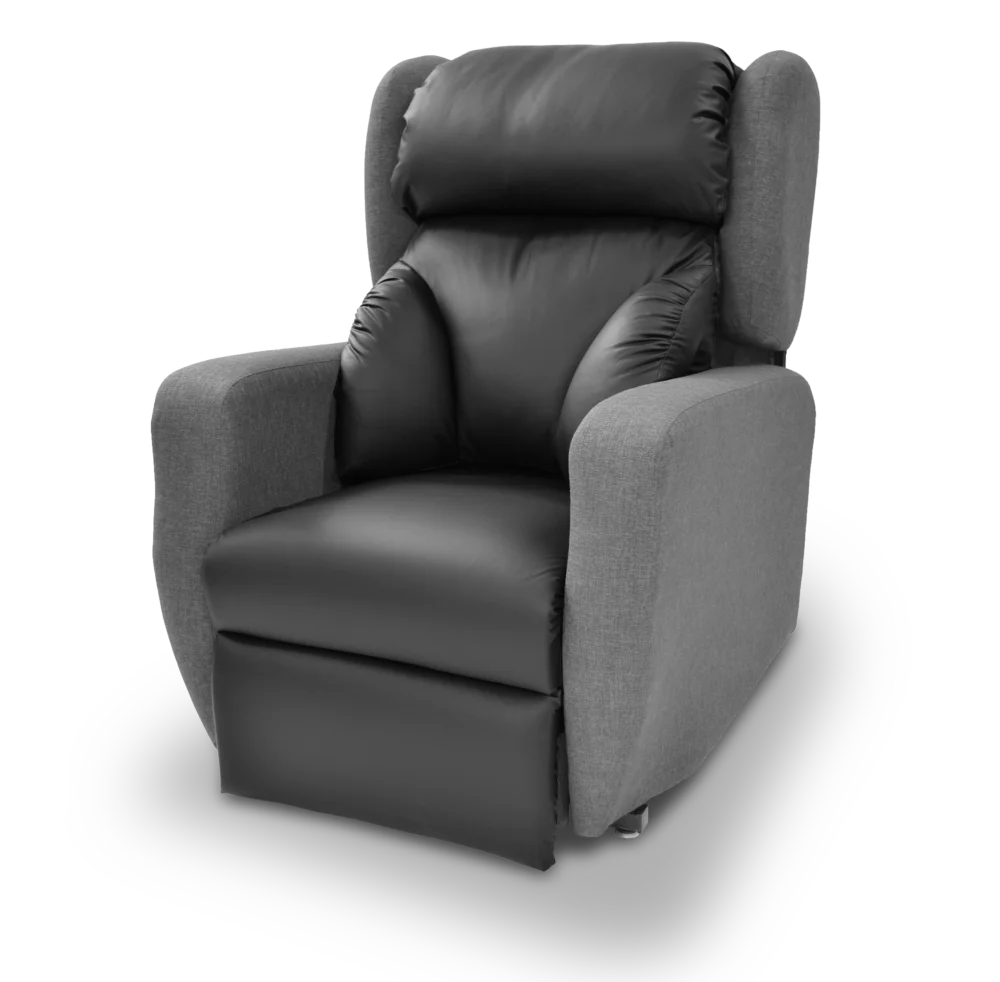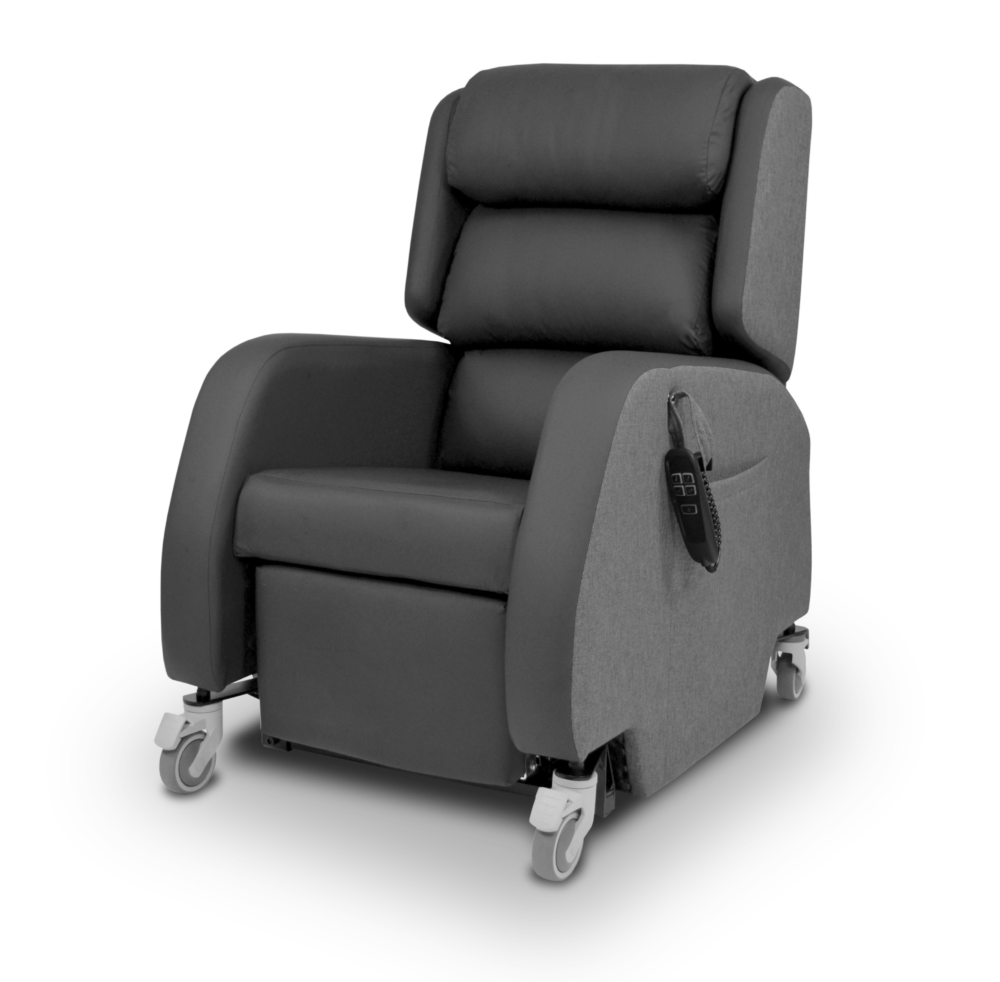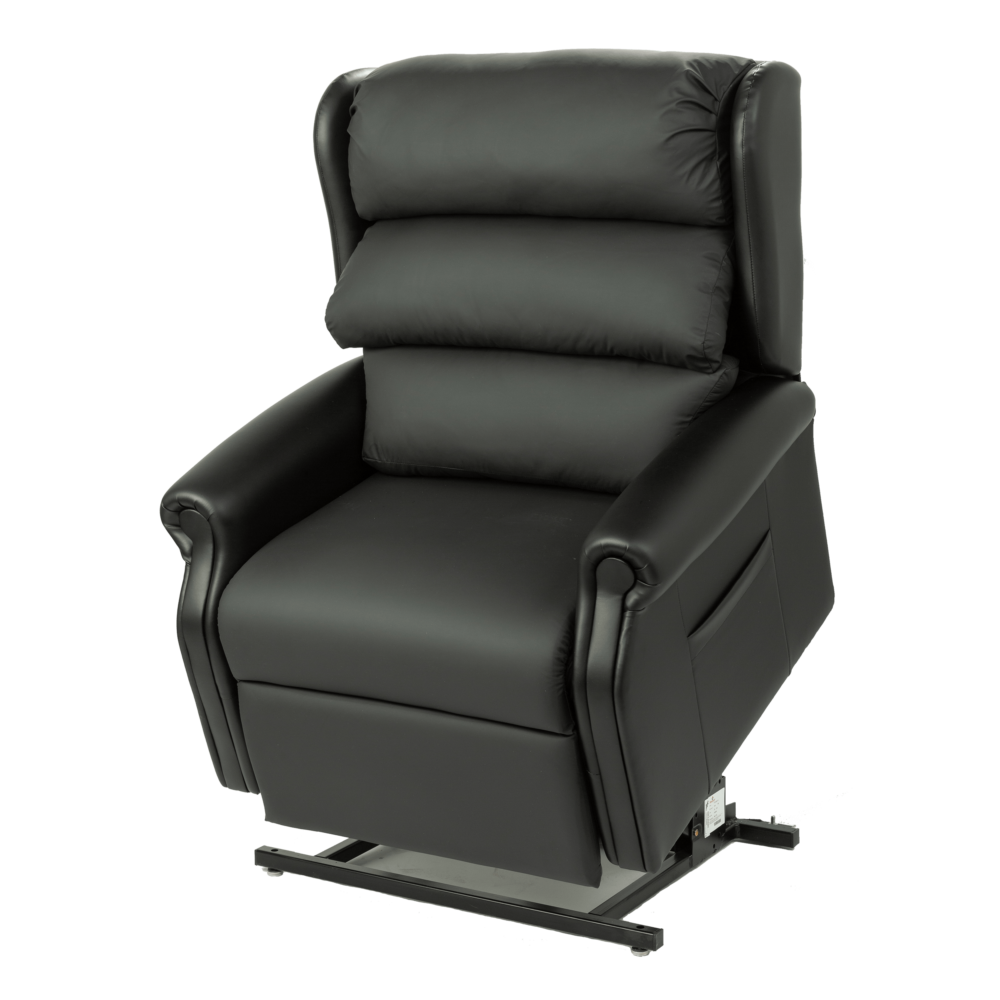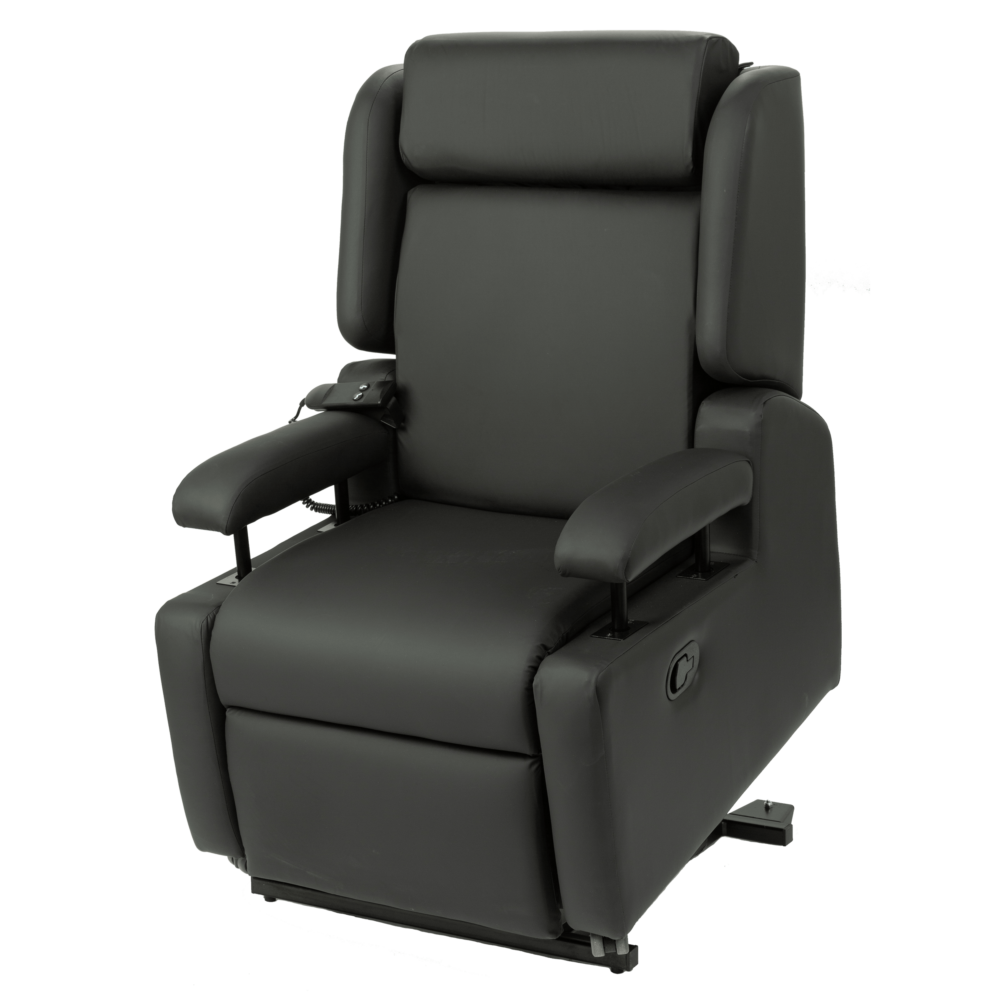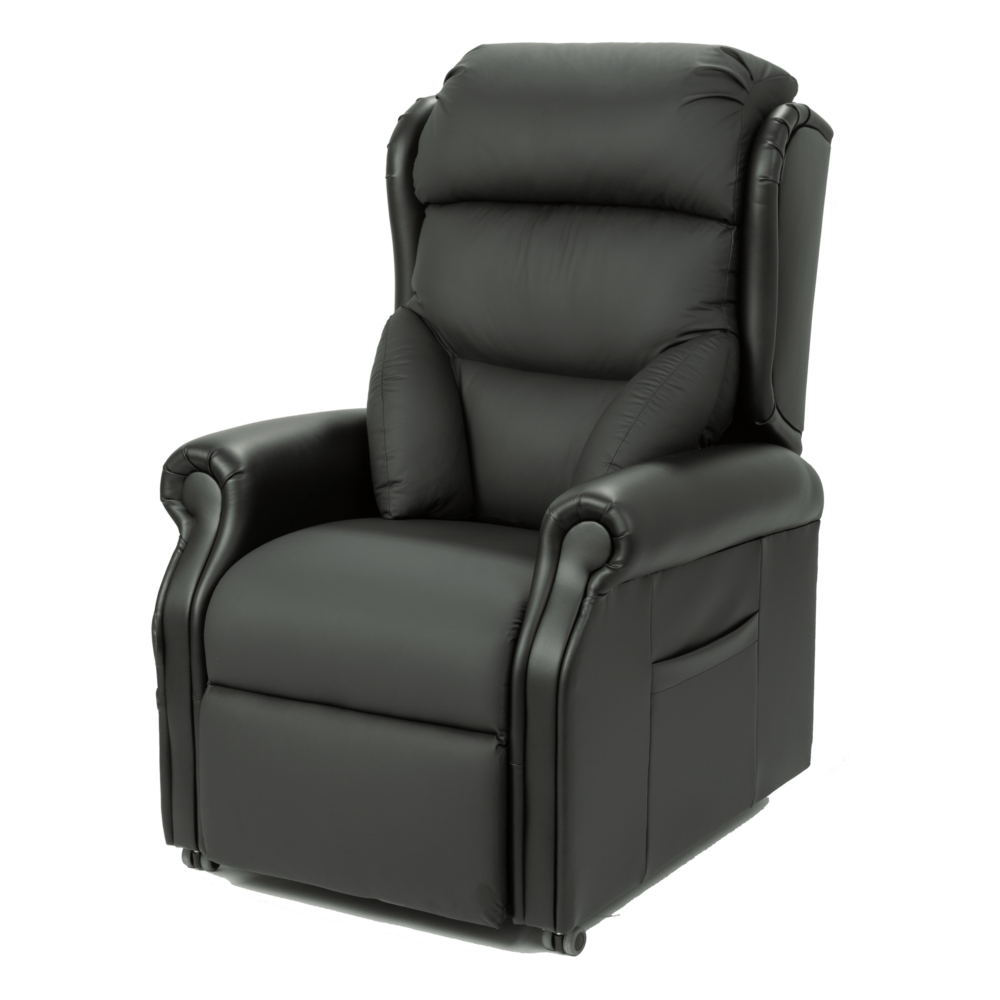What is obesity?
The term “obese” describes a person who’s very overweight, with a lot of body fat1. It’s a common challenge in the UK that’s estimated to affect around one in every four adults and around one in every five children aged 10 to 11.
Obesity is generally caused by eating too much and moving too little. If a person consumes high amounts of energy, particularly fats and sugars, but doesn’t burn off the energy through physical activity, much of the surplus energy will be stored as fat by the body.
The most widely used method of classifying a person’s health in relation to their weight is body mass index (BMI). BMI is a measure of whether a person is a healthy weight for their height. For most adults, a BMI of:
- 18.5 to 24.9 = healthy weight
- 25 to 29.9 = overweight
- 30 to 39.9 = obese
- 40 or above = severely obese
It is worth noting that BMI isn’t used to definitively diagnose obesity, because people who are very muscular sometimes have a high BMI without the excess fat. It is believed that a better measure of excess fat is waist circumference. Generally, men with a waist circumference of 37 inches or more and women with a waist circumference of about 31.5 inches or more are more likely to develop obesity-related risks and health problems.
Other terms widely used are “bariatric” and “plus-size”.
What are the obesity-related risks and health problems1?
Obesity reduces a person’s life expectancy by an average of 3 to 10 years, depending on the severity. Being obese can increase your risk of developing many potentially serious and life-threatening conditions, including:
- Type 2 diabetes
- High blood pressure
- High cholesterol and atherosclerosis, which can lead to coronary heart disease and stroke
- Liver disease and kidney disease
- Gastro-oesophageal reflux disease (GORD)
- Asthma
- Sleep apnoea
- Several types of cancer, including bowel cancer, breast cancer and womb cancer
- Osteoarthritis
Obesity can also affect your quality of life and lead to psychological problems, such as depression and low self-esteem.
“Obesity can also affect your quality of life and lead to psychological problems, such as depression and low self-esteem.”
How is obesity treated2?
There is no “quick fix” for obesity as weight loss programmes take time and commitment. A GP can offer advice on safe weight loss by eating a healthy, balanced diet and achieving regular physical activity. There may be other useful services that can help, such as:
- local weight loss groups
- exercise on prescription
How can obesity affect specialist seating assessment and prescription?
When assessing and prescribing specialist seating, particular attention should be paid to:
- Body size and proportions;
- Increased body weight – careful consideration of the equipment’s maximum user weight limit is needed to ensure safe and appropriate use. There is also the need to be mindful of the potential for weight fluctuation; therefore, an adjustable chair that can adapt to changing need is essential
- Gluteal shelf – as with all specialist seating, the correct seat depth is essential to encourage pelvic stability and to ensure the maximum surface area is in contact with the chair to reduce interface pressures. For obese individuals, extra support is needed for the gluteal shelf; without support, the gluteal shelf can push the person anteriorly increasing the risk of falling out of the chair and undesirable postural changes such as posterior pelvic tilt. A chair with a back that can be reconfigured to allow extra space to comfortably accommodate the gluteal shelf can improve posture and pressure care
- Lower limbs – larger calves or oedematous lower legs can position the lower limbs too far forward restricting knee flexion and resulting in inadequate foot support. A negative angle leg rest can help accommodate larger lower limbs whilst maintaining optimum knee flexion position. Weight can then be evenly distributed through the feet. The negative angle can also allow a more stable placement of feet for sit to stand transfers
- Mobility and transfer ability – ensuring pelvic stability and offering seating that encourages a slight anterior pelvic tilt can improve sit to stand transfers, reducing the need for hoisting. This can empower individuals to continue being mobile and thus physically active
- Caregivers’ needs – seating obese individuals can pose risks to carers, support staff and clinicians as their unique body shape and increased weight and size can increase the risk of injury to caregivers. Powered functions and heavy duty castors can make chair use and manoeuvrability smoother and safer for the individual’s support network
Pressure care should also be addressed to reduce the risk of developing or worsening pressure injuries as a result increased interface pressures and unequal loading of tissues.
What postural challenges can result from obesity?
- General weakness
- Pelvic instability
- Anterior pelvic tilt
- Posterior pelvic tilt
- Pain
- Increased lumbar lordosis
- Fatigue
References
NHS Choices (2016) Obesity Overview Available from: https://www.nhs.uk/conditions/obesity/
NHS Choices (2016) Obesity Treatment Available from: https://www.nhs.uk/conditions/obesity/treatment/

